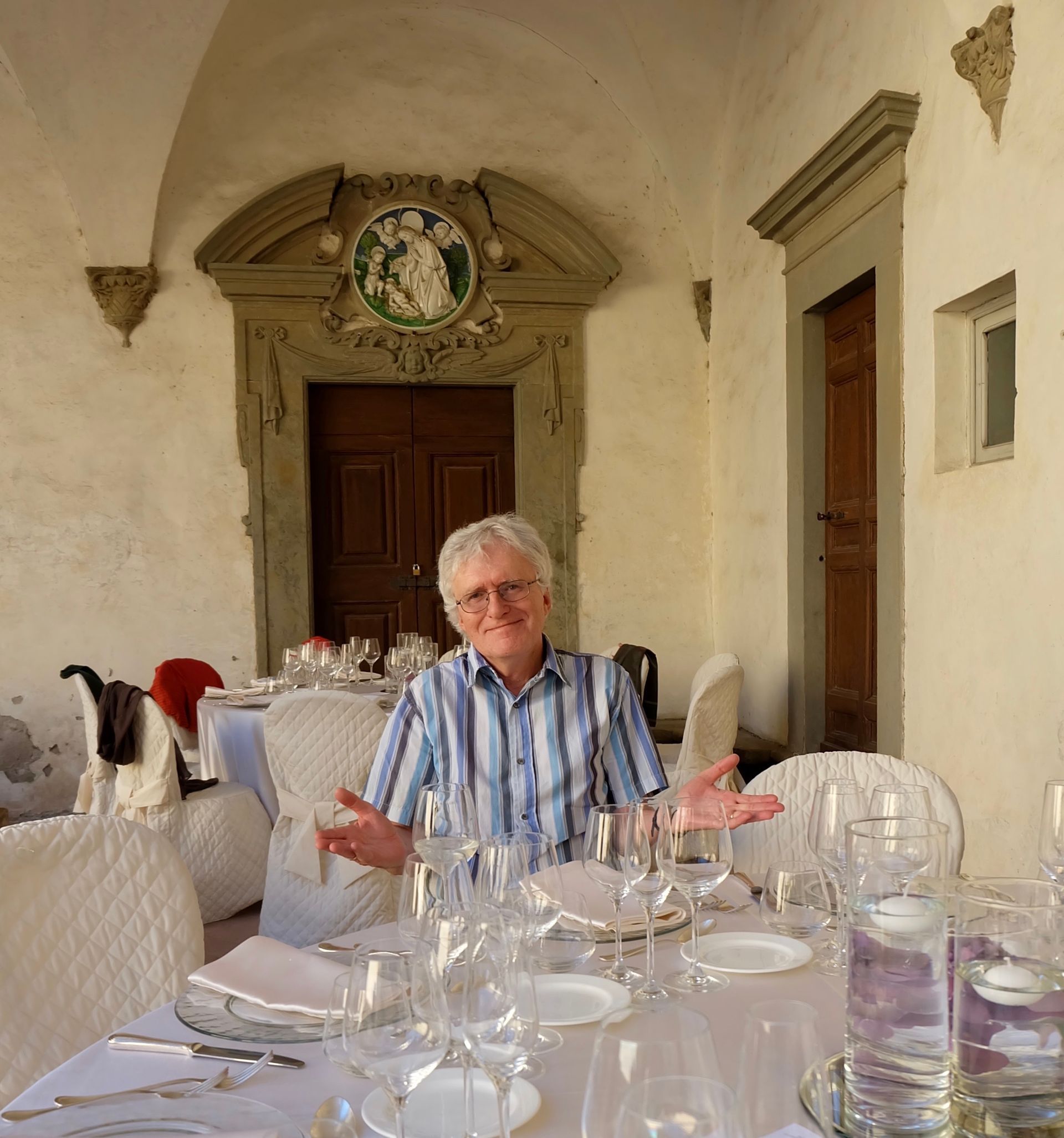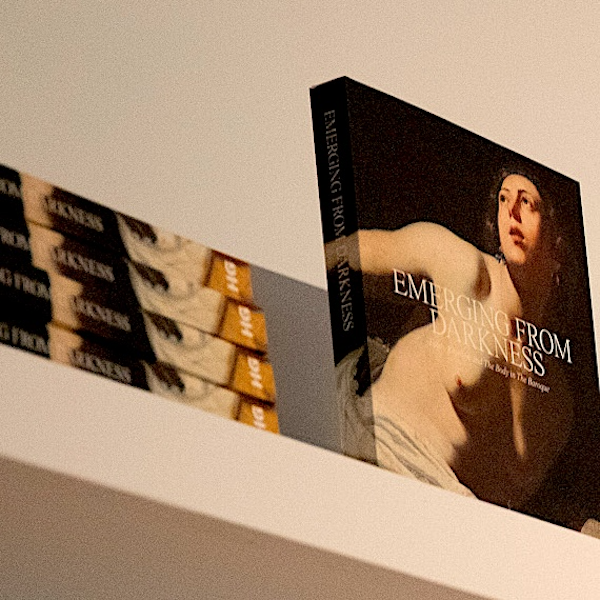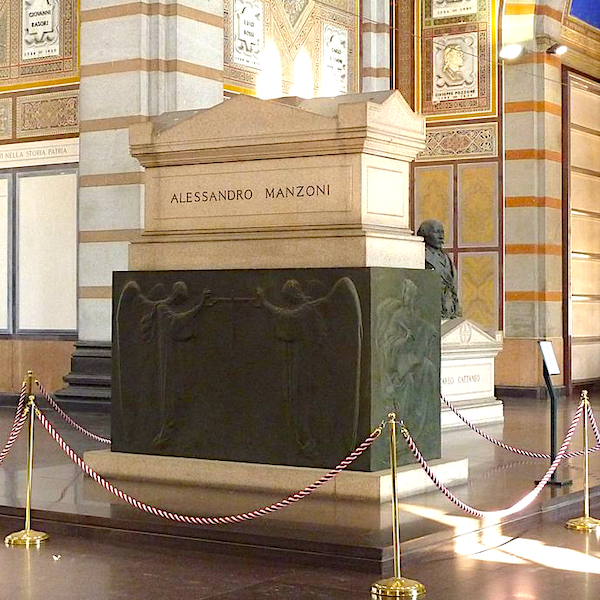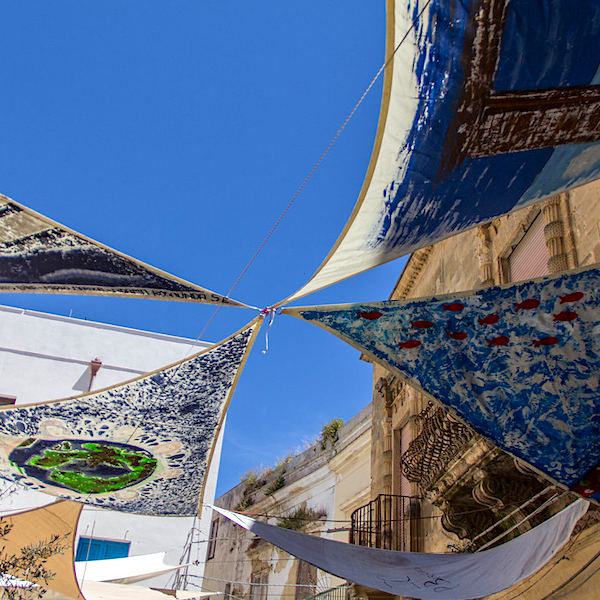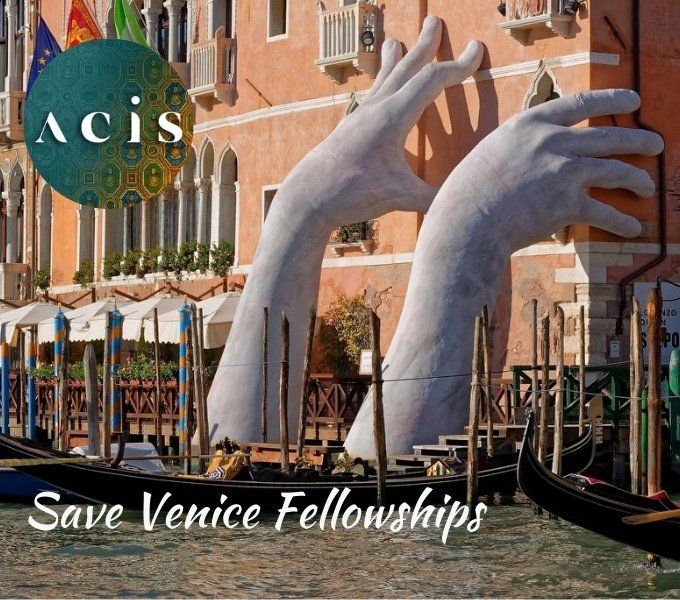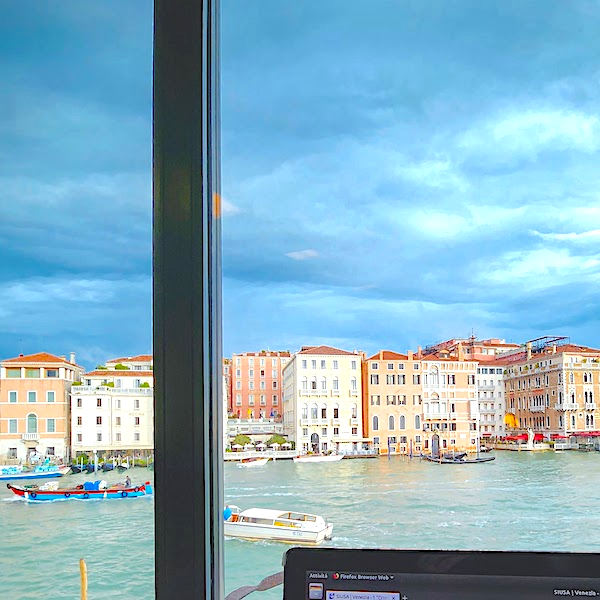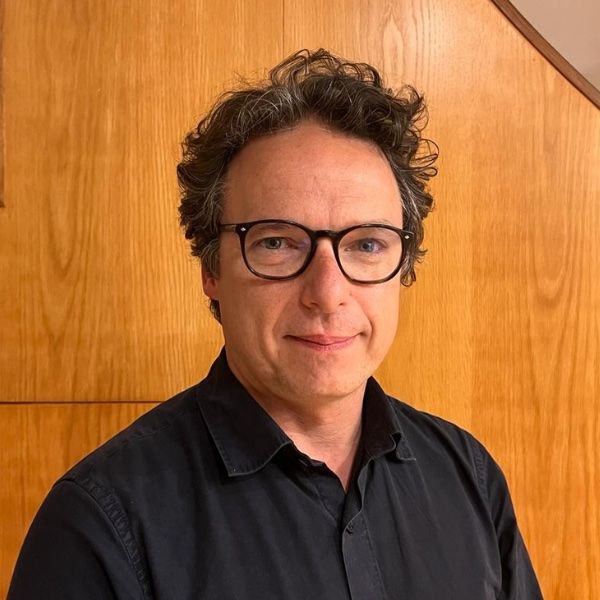The Politics of ‘Connective Marginalities’ in Italian Reggae Culture
Mathias Stevenson Monash University
My interest in this research topic stems from my dual passion for Italian language/culture and Jamaican popular music. I have been collecting and studying Jamaican music for a little over twenty years but only discovered that Italian reggae existed during my first study trip to Italy in 2001.  After seeing a poster at Florence’s Campo di Marte station, I set off on a solo mission to attend the internationally recognised, but now exiled, Rototom Reggae Sunsplash in Osoppo. At this festival I was introduced to Italian reggae for the first time, through the performances of Salento’s Sud Sound System and Turin’s Africa Unite. Upon returning to Australia I managed to stumble upon a second-hand CD of Sud Sound System, and when I returned to Italy in 2004 to undertake my Masters fieldwork on the cinema of Nanni Moretti (with generous financial assistance from the Cassamarca Foundation), I attended a number of reggae events at Rome’s centri sociali
( Villaggio Globale
and Intifada
).
I finally decided to transform my interest into a research project at the towards the end of 2010 as I became increasingly disenchanted with teaching Italian to year 7, 8 and 9 high school students. Bob Marley’s legendary concert at San Siro stadium in 1980, immortalized by Antonello Venditti’s song “Piero e Cinzia”, was one of the first concerts by a foreign artist after a ban lasting some years. Attended by close to 100,000 young spectators, this concert helped to launch reggae as a significant form of protest and creative expression within a new era of antagonistic and autonomous Italian youth culture. Along with the increasing availability and influence of Bob Marley’s brand of international reggae, and various other releases from the Island and the Virgin record labels, a number of young Italians had begun to have first-hand experience of the militant reggae subculture of London’s Jamaican and Afro-Caribbean immigrants. Furthermore, there was a growing awareness of the connection between reggae and punk that had established itself in the British capital. The emergence of Italian reggae culture coincided with the fracture of the collective youth movements of the 1970s, as a consequence of government repression and the widespread disillusionment and political disengagement of the so-called riflusso
. This fracturing of social solidarities was accompanied by a heroin epidemic and the increasing exaltation of the individual, which was reinforced by Silvio Berlusconi’s brand of commercial television.
After seeing a poster at Florence’s Campo di Marte station, I set off on a solo mission to attend the internationally recognised, but now exiled, Rototom Reggae Sunsplash in Osoppo. At this festival I was introduced to Italian reggae for the first time, through the performances of Salento’s Sud Sound System and Turin’s Africa Unite. Upon returning to Australia I managed to stumble upon a second-hand CD of Sud Sound System, and when I returned to Italy in 2004 to undertake my Masters fieldwork on the cinema of Nanni Moretti (with generous financial assistance from the Cassamarca Foundation), I attended a number of reggae events at Rome’s centri sociali
( Villaggio Globale
and Intifada
).
I finally decided to transform my interest into a research project at the towards the end of 2010 as I became increasingly disenchanted with teaching Italian to year 7, 8 and 9 high school students. Bob Marley’s legendary concert at San Siro stadium in 1980, immortalized by Antonello Venditti’s song “Piero e Cinzia”, was one of the first concerts by a foreign artist after a ban lasting some years. Attended by close to 100,000 young spectators, this concert helped to launch reggae as a significant form of protest and creative expression within a new era of antagonistic and autonomous Italian youth culture. Along with the increasing availability and influence of Bob Marley’s brand of international reggae, and various other releases from the Island and the Virgin record labels, a number of young Italians had begun to have first-hand experience of the militant reggae subculture of London’s Jamaican and Afro-Caribbean immigrants. Furthermore, there was a growing awareness of the connection between reggae and punk that had established itself in the British capital. The emergence of Italian reggae culture coincided with the fracture of the collective youth movements of the 1970s, as a consequence of government repression and the widespread disillusionment and political disengagement of the so-called riflusso
. This fracturing of social solidarities was accompanied by a heroin epidemic and the increasing exaltation of the individual, which was reinforced by Silvio Berlusconi’s brand of commercial television.
Different Stylee
Although the ‘official’ historical narrative of the of the 1980s has been one of collective apathy and narcissism, the recontextualisation of foreign musical forms, such as reggae and punk, within Italy’s pre-existing political subculture demonstrated a rebirth of the autonomous personal and collective political practices of the 1970s. These counterhegemonic musical forms flourished within a new wave of centri sociali sociali organizzati autogestiti (CSOAs) throughout Italy, and were accompanied by the creation of alternative and independent forms of media, such as fanzines and radio programs on the radio libere . A particularly seminal reggae scene of the early to mid-1980s was that of Bari, associated with the pioneering dub/roots band Different Stylee, which was involved in the occupation of the reggae-punk CSOA la Giungla , as well as the creation of the Italy’s first reggae fanzine, “Rebel Soul”. At this time, a number of local reggae scenes and bands began to spring up from throughout the Italian peninsula, collaborating with one another for the first time and signalling the emergence of ‘translocal’ Italian reggae scenes. However, what distinguished Different Stylee from the rest was the fact that they went beyond the commercially recognized figure of Bob Marley to adapt the heaviest and most marginal aspects of reggae, such as dub and sound system culture, as well as some of its Rastafarian metaphors and lifestyle practices. Moreover, this context witnessed the first phase of reggae’s transculturation in Italy, with the incorporation of southern Italian and Mediterranean musical influences alongside the use of the Italian language.
Militant P Toasting
Bari was also to play a central role in the spread of reggae culture to the neighbouring sub-region of Salento, which, in turn, became known as Italy’s Jamaica. Piero Longo (aka Militant P) was the lead vocalist of Bari’s highly accomplished roots/dub band Struggle and lived in Bari with his Salentine parents. Militant P would spend the summers with his friends in the Salentine coastal town of San Foca, and he influenced them with his passion for Jamaican sounds. Together they formed one of Italy’s first raggamuffin crews: Sud Sound System. The music of SSS marked a key phase in the transculturation of reggae music in Italy, blending local language ( il salentino ) and local music ( la pizzica ) with Jamaican reggae, raggamuffin, and sound system culture, along with American hip hop. Such creative cultural syncretism even led to the neologism tarantamuffin by the French ethnomusicologist George Lapassade. SSS used music didactically, or as a form of edutainment, to increase cultural consciousness amongst marginalised Salentine youth, and to critique organized crime, heroin addiction and political corruption.
SSS portrait
The activity of SSS coincided with the ‘national-popular’ explosion of reggae/raggamuffin and hip hop during the so-called ‘posse movement’ between 1989 and 1996, and its association with and underground and independent network of CSOAs, free radios and independent record labels. The movement was characterized by an overt youth politics, gaining impetus through its affiliation with the student movement la Pantera between 1989 and 1990. Taking its cue from pioneers, such as Sud Sound System and Florence’s il Generale, the message-driven music created during this period adopted Italian and a range of local dialects, freely blending a confrontational punk sensibility with Jamaican raggamuffin and Afro-American hip hop. In spite of its cultural and technological innovation, the confrontational, collective, and ideologically-laden music of the posse era can be understood as a nostalgic return to the collective youth politics of the 1970s, and its ideological conceptualization of cultural production and reception. While these black music forms were disseminated in Britain and France through immigrant cultures, their emergence in Italy was intrinsically tied to long-standing and internal cultural, political, economic, and generational power imbalances.
Situating my research within the field of Italian cultural studies, my theoretical framework is based around the notion of the connective marginalities of Italian reggae culture, understood as a means of explaining how the subaltern and peripheral origins of reggae (and hip hop) connect with marginalized groups in a manner that cuts through linguistic, cultural and geographical borders. My notion of ‘marginality’ is multilayered, comprising political, social, economic, geographical, gender, linguistic, cultural, class, historical oppression, and generational factors. The rhizomatic recontextualisation and transculturation of global/foreign cultural signs, idioms and practices, and the manner in which this engages with a ‘dialectic of the glocal’ and the evolution of differentiated and cross-pollinated cultural forms, languages and identities, is also central. The thesis further seeks to frame this popular yet marginal cultural form as a counterhegemonic force able to redefine our understanding of Italian culture and identity and subvert and reposition the historical imbalances surrounding the so-called ‘Southern Question’.
Apart from some books and articles on the ‘posse era’ and the recent appearance of some books and a documentary on the evolution of Apulian reggae, there are limited resources directly related to my topic. (Some useful references can be found here ). Consequently, I am largely drawing on interviews that I conducted with some key protagonists of Italian reggae culture during my visit to Italy last year. My thesis has a chronological structure, so interviews have also been crucial in piecing together a history which has remained largely untold, both in Italy and abroad.
